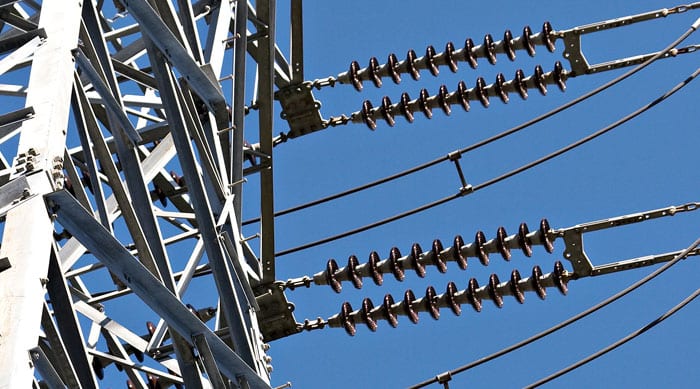AIM high
Planning and modelling software is developing rapidly, says EA Technology’s Paul Barnfather.
13th October 2016 by Networks

Utilities continue to make radical improvements in the efficiency of their day-to-day operations. Nevertheless, in the face of rapidly evolving customer expectations, building a resilient infrastructure that is prepared for all future scenarios can be a significant challenge.
New requirements, such as electric vehicles, electric heating and distributed generation mean that maintaining asset condition is only part of the story. Add in the need for greater transparency, more detailed regulatory reporting and ever more demand for efficiency results in many business drivers to juggle, while associated data volumes increase enormously. It can all be a bit overwhelming.
“Risk-based management tools provide a natural complement to regulatory reporting requirements, while advanced scenario and network modelling capabilities enable networks operators to outperform regulatory targets.”
To provide infrastructure planners and financers with the necessary future insights, planning and modelling software is widely used to help engineers choose the best course of action. The capability of such software is developing rapidly and EA Technology is excited to introduce its Asset Investment Management (AIM) platform, which builds on the heritage, experience and success of its Condition Based Risk Management (CBRM) solution.
Already used throughout the world to enable efficient risk-based investment planning in electrical infrastructure, CBRM principles also underpin the UK electricity regulator’s Common Network Asset Indices Methodology. This methodology now forms the basis of asset condition management and reporting for UK Distribution Network Operators. AIM – Asset Investment Management builds exciting new capability onto this platform to support electricity network operators in building the resilient infrastructure we all depend on.
EA Technology’s AIM – Asset Investment Management brings to the market a software system to help manage and optimise drivers to support outperformance, compliance and optimisation of investment. AIM – Asset Investment Management offers the users improved graphical visualisation via a web-based platform, AIM – Asset Investment Management core modelling modules based on the proven CBRM and CNAIM methodologies and a public API to enable seamless integration with corporate systems.
AIM – Asset Investment Management’s highly flexible data processing layer enables full value to be realised from new data feeds. These include on-line condition monitoring for plant assets, LIDAR and drones for overhead lines, ubiquitous sensors and condition monitoring managed services, such as EA Technology’s Astute. Such data feeds are only valuable if they result in effective action and AIM – Asset Investment Management’s models help to ensure that complex investment decisions make use of all the available data.
AIM – Asset Investment Management’s improved modelling engine performance and scalable architecture enables unprecedented capabilities such, as full system resilience modelling and asset intervention optimisation. All of this functionality can be offered to new and existing users of both CNAIM and CBRM systems.
This development of risk-based asset investment decision making capability is a natural progression for infrastructure providers. Risk-based management tools provide a natural complement to regulatory reporting requirements while advanced scenario and network modelling capabilities enable networks operators to outperform regulatory targets while simultaneously extracting the maximum value from assets and resources.
EA Technology believes that the comprehensive adoption of risk-based investment planning is therefore the very definition of excellence in asset management. It enables utilities to build resilient, future-proof infrastructure at a price all customers can afford.
We believe this is a goal worth striving for.
Comments
Login on register to comment
Related content

Heat
Electric storage heating – a Cinderella solution
Why has electric storage heating been overlooked as we seek to tackle decarbonising domestic heat?

Heat
Prospects bright for landmark East London Heat Network
New Vattenfall-Cory partnership marks step towards record-breaking heat network capable of serving over 10,000 homes

Heat
New construction director at Switch2 Energy
Appointee brings experience from Vattenfall and Eon
Related supplier content
![‘Learning by doing’ on the road to net zero [test product]](https://networksonline.s3.amazonaws.com/products/images/3.jpg)
People & Skills
‘Learning by doing’ on the road to net zero [test product]
DSO director Andrew Roper discusses 'Learning by doing'

Power
Load patterns and lockdown: how Covid-19 is impacting electricity networks
Insights into dynamics on the low voltage network as the outbreak unfolds

Downloads
Protect electrical equipment from insulation failure
Insulation faults are a major cause leading to the eventual failure of electrical equipment. Partial discharge (PD) is a very reliable indicator of developing insulation faults. Regular PD testing allows users to detect and analyze PD activity